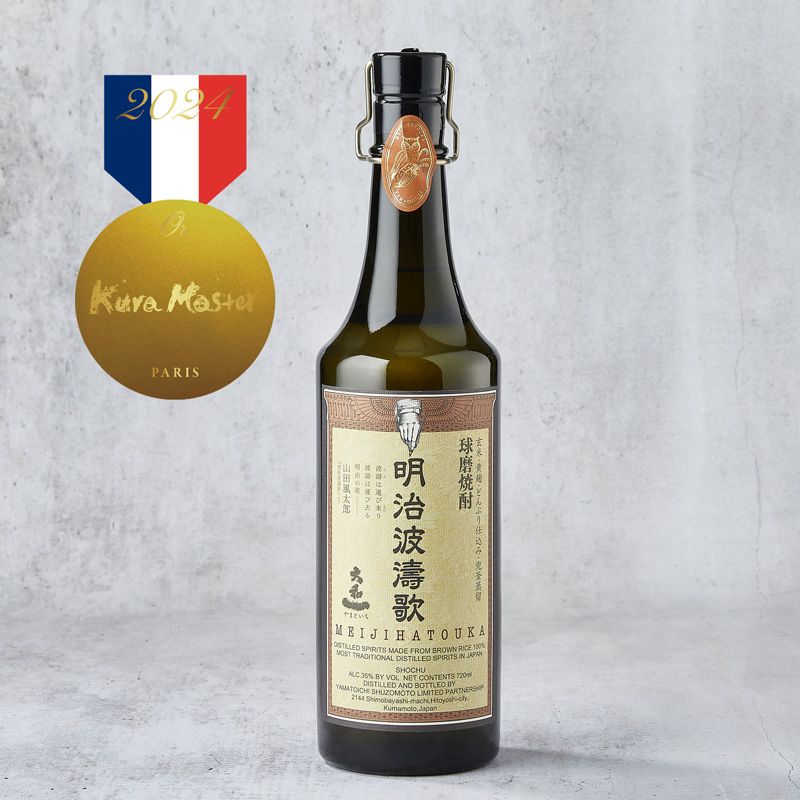favorite_border

Add to my wishlist ""MEIJIHATOUKA "35% whole-grain rice shochu"
Select a wishlist to add this product
There are not wishlist.
This product has been added to wishlist.
View my Wishlists
This product has been added to your wish list.
Remove
This product was successfully removed from your wish lists.





























